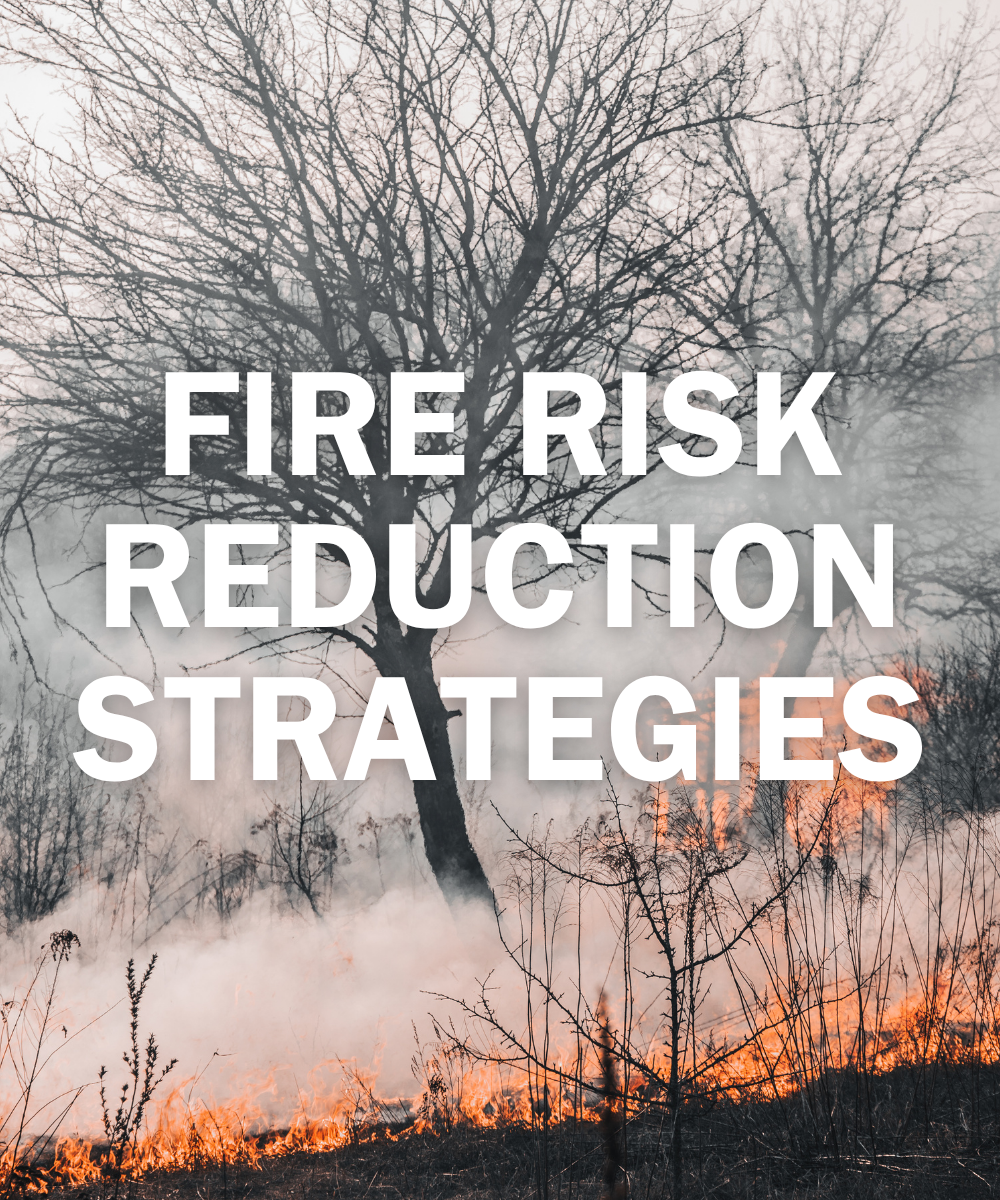Fire Risk Reduction Strategies for Summer
Summer heat transforms dry vegetation into potential wildfire fuel, making effective fire mitigation essential for protecting communities and properties. As temperatures soar and drought conditions intensify, HOA managers, property managers, and commercial real estate developers face increased responsibility to implement comprehensive fire prevention strategies. The recent devastating fires in Southern California underscore the critical importance of proactive vegetation management and defensible space planning.
California has experienced over 7 million acres burned in the past decade, with fire severity increasing annually due to climate change and human development patterns. The state's investment of $3.5 billion in proactive fire prevention projects since 2020 demonstrates the urgency of this issue. However, effective fire mitigation requires action at the community level, where proper planning and maintenance can significantly reduce wildfire risk.
Legal Requirements and Liability Considerations
California Public Resources Code (PRC) 4291 mandates fuel reduction within 100 feet of structures or to the property line. Local fire departments and protection districts may impose additional defensible space requirements, making compliance essential for property managers overseeing residential and commercial developments.
Insurance implications add another layer of urgency. Many carriers regularly review communities with high wildfire potential and may cancel policies immediately if vegetation management falls below acceptable standards. The most common issues include tree limbs overhanging structures and unmanaged wildland areas adjacent to communities. Through proper tree management plans developed with Certified Arborists, communities can maintain insurance coverage while reducing liability exposure.
Understanding Defensible Space Zones
Effective fire risk reduction follows a three-zone approach established by CalFIRE, each requiring specific maintenance strategies during hot summer months.
Zone 0: Ember Resistant Zone (Within 5 Feet)
This immediate area around structures demands constant attention during fire season. Regular removal of leaves and needle debris from landscapes, gutters, and roofs prevents ember ignition. Tree limbs require pruning to maintain 10 feet clearance from chimneys and 5 feet from roofs and building sides. Summer heat intensifies the need for frequent debris removal as vegetation dries rapidly.
Zone 1: Lean, Clean, and Green Zone (Within 30 Feet)
The 30-foot perimeter requires systematic vegetation management. Dead and dying material must be removed from ground level and tree canopies. Trees need pruning to maintain 10 feet separation from each other, preventing fire spread between canopies. All vegetation should be kept 5 feet away from structures, outdoor furniture, and storage areas.
Zone 2: Reduce Fuel Zone (Within 100 Feet)
This often-neglected zone proves crucial for fire protection. Fallen debris and dead trees require removal, while healthy trees need canopy raising to 6 feet above ground level. Horizontal clearance of 10 feet between tree canopies prevents fire spread across the landscape. During summer months, this zone requires particular attention as extended dry conditions increase fuel loads.
Strategic Landscape Choices for Fire Resistance
Thoughtful plant selection reduces fire risk without eliminating attractive landscaping. Deciduous broad-leaf trees prove less flammable than coniferous species. Property managers should consider removing juniper, cypress, arborvitae, and podocarpus near structures, as these species retain dead material within their canopies, making them susceptible to ember ignition.
Fire-resistant ground covers like creeping thyme and sedum offer dual benefits of reduced flammability and drought tolerance. These selections maintain lower mortality rates during hot summer conditions, creating less available fuel for potential fires.
Ground treatment strategies also impact fire risk. Chip mulch beyond 5 feet from structures improves soil water retention, controls heat, and reduces fast-burning grass growth. Within the 5-foot zone, non-combustible materials such as rock, gravel, and pavers serve as effective fuel breaks.
Taking Proactive Steps This Summer
Fire risk reduction requires immediate action and ongoing commitment. The development of comprehensive tree management plans with Certified Arborists helps prioritize work based on risk assessment and available resources. This professional partnership ensures proper implementation of defensible space requirements while maintaining community aesthetics.
Regular inspections become critical during hot summer months when vegetation stress increases rapidly. Property managers should establish maintenance schedules that account for accelerated plant material drying and increased debris accumulation.
Summer presents both the greatest fire risk and the optimal time for major vegetation management projects. Dry conditions facilitate tree removal and pruning work, while the season's length allows for comprehensive fuel reduction efforts before the next growing season begins.
Effective fire mitigation protects lives, property, and communities while ensuring insurance coverage and regulatory compliance. Through strategic planning, proper maintenance, and professional guidance, property managers can significantly reduce wildfire risk and create safer environments for residents and businesses.
Your tree care partners are ready to assist you. Contact Arbor MD for a visit today.
Content provided by Jenn Hoppel, Arbor MD , ISA Certified Arborist with ISA Tree Risk Assessment Qualification, originally written for The Voice, Spring 2025 Issue. Official Magazine of Community Associations Institute - California North Chapter.
Arbor MD Tree Care, Inc. delivers professional and expert tree care services tailored for commercial properties, corporate campuses, HOA landscapes, and more. Serving the SF Bay Area, Sacramento, and the Greater Seattle area, our team of certified arborists ensures the health and safety of your trees, enhancing both property safety and value. Contact us today for custom fire mitigation strategies for your commercial treescapes during Summer.

